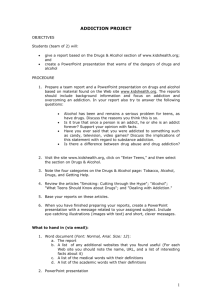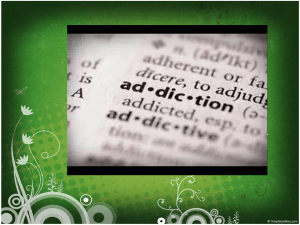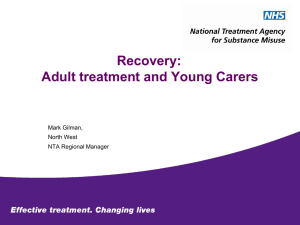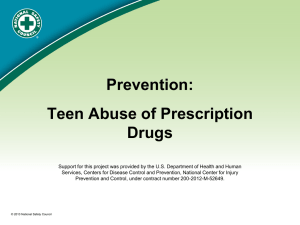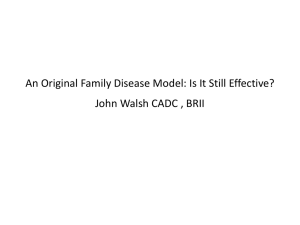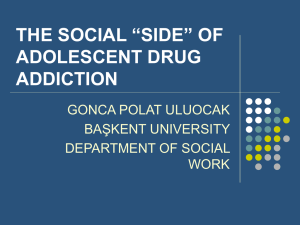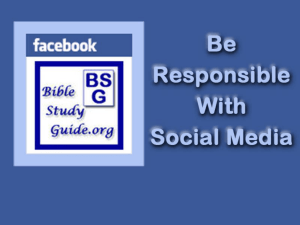File - Josh Unlimited
advertisement
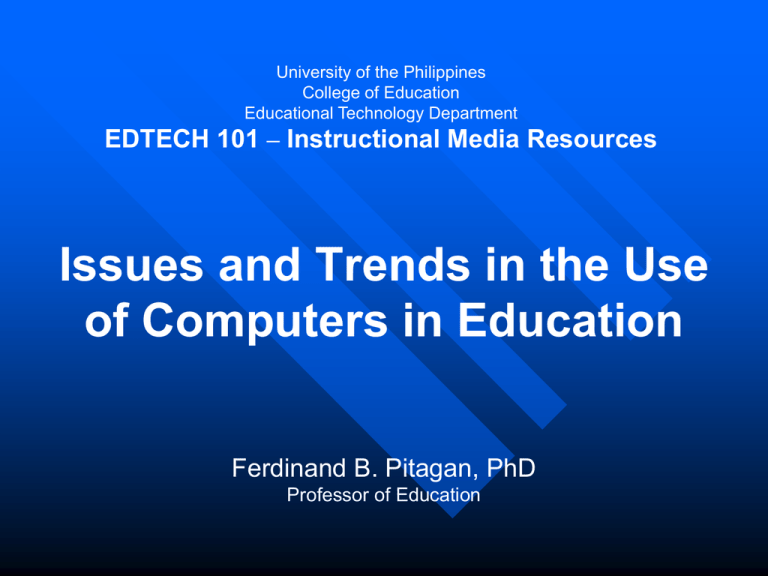
University of the Philippines College of Education Educational Technology Department EDTECH 101 – Instructional Media Resources Issues and Trends in the Use of Computers in Education Ferdinand B. Pitagan, PhD Professor of Education ICT growth - ICT – Information and Communications Technology fast growth worldwide -- computers, Internet, mobile phones market - Providers targeting youth - Schools introducing ICT in education - See http://www.internetworldstats.com/stats3.htm ICT Growth Teens -- Over -- Over - Over - Over - Over 90% 70% 50% 40% 30% Use the Internet for new information use instant messaging to keep in touch contact strangers on the net post own information online to be contacted experienced cyberbullying Overall - 25% of retail stock trades on the Internet - Over 90% Internet users, online shopping (Korea, UK, Germany, Japan, US) - 87% of print journalists connected to the Internet -Sources - Lenhart, Simon & Graziano, 2001; Jung, 2003; 2007 Pew/Internet research; 2008 Nielsen ICT growth Today’s wired / wireless life A bed of roses ? A bed of thorns ? Both!! Some facts (Japan) 20% of families with teens suffer from children’s internet dependency (2003) 35% online while resting (2004) 21% online while studying or working (2004) --- Declared Internet Addiction as an Illness http://www.johotsusintokei.soumu.go.jp/whitepaper/eng/WP2004/press_information01.pdf See (4) Trends in Internet Usage (Japan) – 1 page handout Some facts (China) 13.7% of Chinese adolescent Internet users – about 10 million teens - meet Internet addiction diagnostic criteria (2007) Law: Restricting computer game use; discourage more than 3 hours of daily game use Some facts (Korea) Up to 30 percent of South Koreans under 18, or about 2.4 million people, are at risk of Internet addiction (2007) Average high school students - 23 hours each week gaming << Internet addiction, one of most serious public health issues>> National level – Center for Internet Addiction Prevention and Counseling (2003) Institution/school level - 1,043 counselors in the treatment of Internet addiction; enlisted over 190 hospitals and treatment centers; prevention measures into schools Some facts (UK and USA, 1998 - 2004) 1. A study of 445 Internet users in UK --- Most addicts - around 30 years old women 2. A study of 496 Internet users by Young (USA) --- 396 classified as dependent users --- middle-aged women and unemployed 3. Recent studies – Teens are in danger!! 4. Addicts tend to use chat rooms/online dating, pornography, email, e-shopping, web surfing, online gaming http://www.johotsusintokei.soumu.go.jp/whitepaper/eng/WP2004/press_information01.pdf Studies (ICU, 2005 a small scale study) none Over 15 min 10% 21% 0~1min 15% b/t 5 – 15 min 15% 31%, M-Emailing 20 – 50 times 1~5hours 39% Calling time per day 39%, Use Mobile 1 – 5 hours 50~100 5% ~5 15% 20~50 31% 5~20 49% Number of Sending & Receiving mails per day Source: 2005 ETC100 class Complications in Diagnosing Internet Addiction Issue #1: Internet, not drugs Issue #2: Internet, Useful tool Issue #3: Difficult to diagnose (degree of dependency?) Check Level of Internet dependency http://www.netaddiction.com/index.php?option=com_bfquiz&v iew=onepage&catid=46&Itemid=106 Problem Solving: Discussion Why is this issue important? Familial problems Academic problems Occupational problems Emotional, cognitive, behavioral changes What can you do to help Internet / Mobile dependents? Well… Some solutions Controlled Use Time management Set goals Reminder cards Personal inventory Abstinence Clinic Support group Family therapy External stoppers New week - Plagiarism/Copyright Reading -- http://www.plagiarism.org

